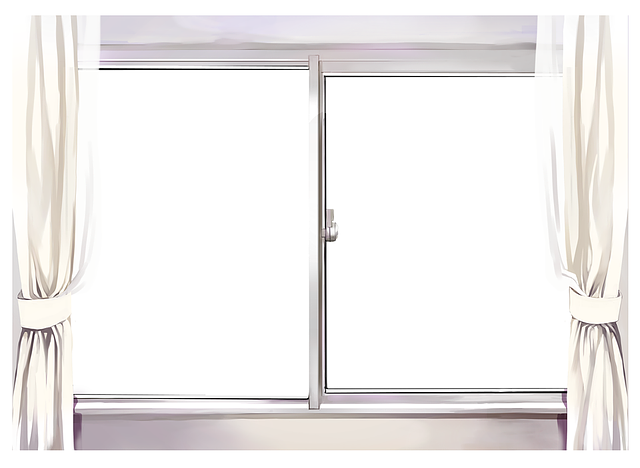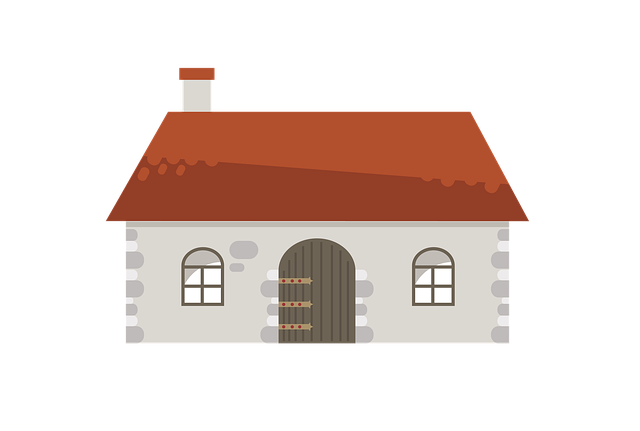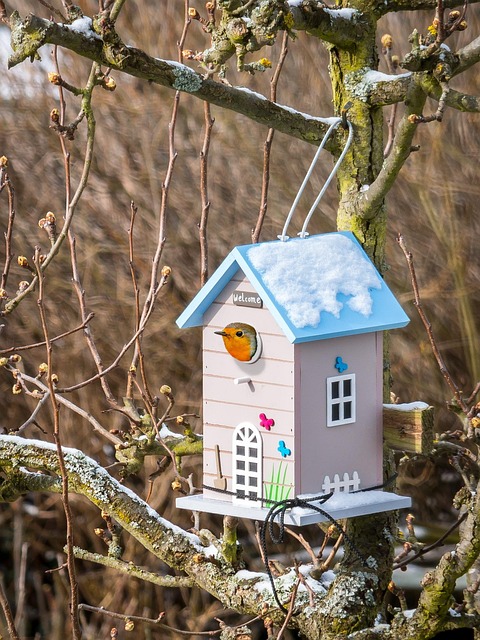Home surveillance systems, utilizing cameras to monitor properties both inside and out, offer peace of mind and enhanced security, deterring intruders and providing clear evidence to law enforcement. Homeowners have three main camera system types: wired, wireless, and hybrid. Essential features include high-definition video resolution, night vision, wide field of view, motion detection, cloud storage, and two-way audio. Effective installation involves strategic camera placement, network connection, app customization, and thorough testing. Regular maintenance practices like lens cleaning, connection testing, battery management, and software updates ensure optimal performance, enhanced security, and respect for privacy.
“Enhance your home security with the latest in home camera systems – a vital investment for modern living. This comprehensive guide navigates the complex world of home surveillance, offering professional advice on choosing the right system for your needs. From understanding the basics and benefits to exploring diverse camera types, we cover it all. Learn about essential features, seamless installation, and maintenance tips to ensure optimal performance. Discover how to safeguard your privacy and security while leveraging the power of home surveillance technology.”
- Understanding Home Surveillance: The Basics and Benefits
- Types of Camera Systems for Your Home Security
- Essential Features to Consider for Effective Home Surveillance
- Installing and Setting Up Your Home Camera System
- Maintenance, Privacy, and Security Tips for Long-Lasting Home Surveillance
Understanding Home Surveillance: The Basics and Benefits

Home surveillance systems have become increasingly popular, offering homeowners peace of mind and enhanced security. At its core, home surveillance involves the use of cameras to monitor your property, providing a visual record of activity both inside and outside your home. These systems capture video footage, allowing you to review what’s happened at any time, whether it’s accessing live feed or reviewing recorded events.
The benefits of home surveillance are multifaceted. It acts as a powerful deterrent against potential intruders, knowing that every move is recorded. In the event of an actual break-in, clear video evidence can aid law enforcement in their investigation. Additionally, these systems offer remote access via smartphones or tablets, enabling you to stay connected and monitor your property from anywhere—a significant advantage for busy individuals or those with second homes.
Types of Camera Systems for Your Home Security

When it comes to choosing a camera system for your home security, there are primarily three types available: wired, wireless, and hybrid systems. Wired cameras offer reliable connectivity as they’re physically connected to your home’s network through cables, providing consistent and high-quality video transmission. This option is ideal for those seeking robust security with minimal interference.
Wireless camera systems, on the other hand, offer flexibility and ease of installation as they don’t require any physical wiring. They rely on Wi-Fi or cellular networks to transmit footage, making them a popular choice for homeowners looking for a quick setup and portable solutions. However, wireless systems may face challenges with connectivity in areas with poor signal strength. Hybrid systems combine the benefits of both, allowing for wired connections for stable video transfer while also enabling wireless functionality for remote access.
Essential Features to Consider for Effective Home Surveillance

When choosing a home camera system, consider essential features that contribute to effective home surveillance. High-definition video resolution ensures clear and detailed footage, allowing you to monitor your property effectively. Night vision capabilities are crucial for 24/7 monitoring, as they provide sharp images even in low-light conditions. A wide field of view covers more ground, reducing blind spots and ensuring no area is missed. Motion detection alerts you to potential intruders or unusual activity, enabling quick response times. Cloud storage ensures your footage is securely backed up, allowing access from anywhere at any time. Additionally, two-way audio features enhance communication with visitors or individuals on the property. These features collectively contribute to a robust home surveillance system that keeps you informed and secure.
Installing and Setting Up Your Home Camera System

Installing a home camera system is an essential step in enhancing your home surveillance. Begin by choosing the right location for each camera, considering factors like lighting, angle of view, and potential obstacles. Mounting them strategically ensures comprehensive coverage of areas you want to monitor. Ensure easy access to power outlets or use battery-backed cameras for flexibility.
Once positioned, connect the cameras to your network and download the accompanying app. Configure settings like resolution, motion detection zones, and recording schedules according to your preferences. Test each camera’s functionality before proceeding to ensure a seamless and effective home surveillance setup.
Maintenance, Privacy, and Security Tips for Long-Lasting Home Surveillance

To ensure your home camera system provides reliable long-term surveillance, regular maintenance is key. Check your cameras’ lenses for dust or debris, and clean them as needed to maintain clear images. Test all connections periodically, replacing any damaged cables or power adapters promptly. Keep an eye on battery life in wireless cameras, ensuring they’re charged or replaced regularly to avoid system failures. Software updates are also crucial; keep your camera’s firmware up-to-date for optimal performance and security patches.
Privacy and security go hand in hand when it comes to home surveillance. Ensure your camera’s field of view doesn’t capture areas you don’t want monitored, like neighbors’ properties or private spaces within your own home. Adjust privacy settings to limit access to authorized users only. Use strong, unique passwords for your camera’s login and consider enabling two-factor authentication for an extra layer of protection. Regularly review and update privacy policies, understanding how your data is stored and shared by the camera manufacturer.
Investing in a home camera system is a proactive step towards enhancing your security and peace of mind. By understanding the basics, exploring different system types, and considering key features, you can select an effective solution tailored to your needs. Installation and proper maintenance are crucial for optimal performance. Remember to prioritize privacy and security measures to ensure your home surveillance system functions as intended without compromising sensitive data. With the right approach, home surveillance can be a powerful tool for protecting your property and loved ones.
